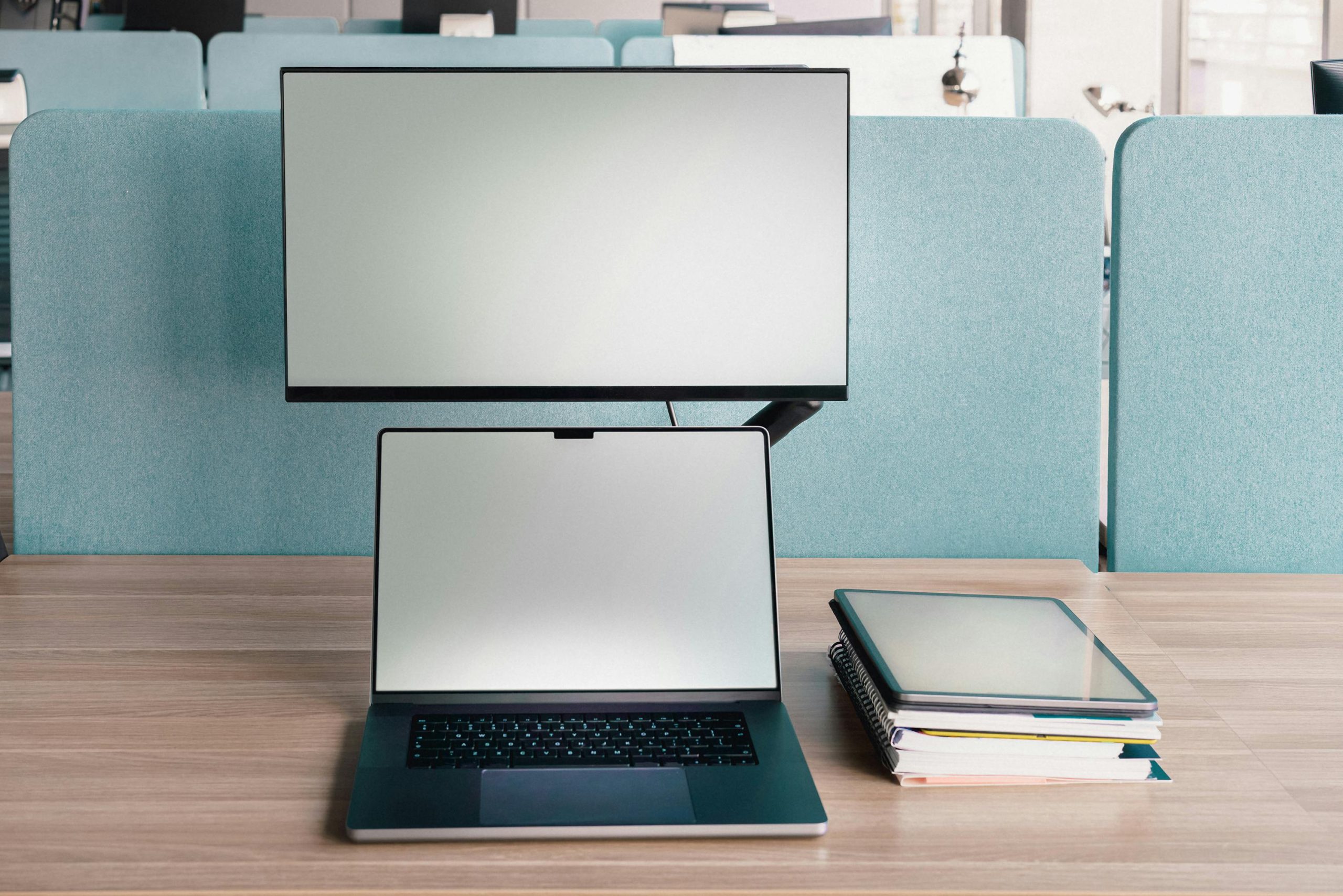Resolving External Monitor Detection Issues After System Startup: A Comprehensive Guide
Introduction
Many users rely on external monitors to enhance productivity and multitasking capabilities. However, encountering issues where an external display does not activate correctly after powering on a laptop can be frustrating and disrupt workflow. This article explores common scenarios and troubleshooting strategies to resolve such problems, focusing on situations where an external monitor fails to detect or display content after startup from a shutdown, while functioning correctly upon restart.
Understanding the Problem
Several users have reported issues related to external monitor detection and display performance, especially after transitioning between different laptop models and connection methods. Notably, problems may manifest as follows:
- The monitor is recognized by the system but displays no image after a cold startup (full shutdown).
- Reconnection or changing display settings temporarily fixes the issue.
- The problem persists across different connection types (HDMI, DisplayPort via Thunderbolt).
- Fast startup or similar power management features do not resolve the problem.
A typical scenario involves switching from an older device (such as an ASUS TUF F15 with HDMI connection) to a newer gaming laptop (e.g., Acer Predator Helios Neo 16 with Thunderbolt to DisplayPort). Despite detecting the display, no image appears after powering the device from a complete shutdown, though restarting the system often restores functionality.
Possible Causes
The issues described can originate from several hardware and software factors:
- Driver or Firmware Compatibility: Outdated or incompatible graphics drivers may hamper detection after shutdown.
- Power Management Settings: Fast startup or hybrid shutdown features can interfere with display recognition.
- Connection Method Limitations: Different interfaces (HDMI, DisplayPort, Thunderbolt) may behave differently during startup.
- Hardware Detection Timing: The system’s detection sequence might not initialize external displays correctly during cold boot.
- Faulty Cables or Ports: Damaged or low-quality cables and ports can lead to inconsistent detection.
Troubleshooting Strategies
To address these issues effectively, consider implementing the following steps:
- Update Graphics Drivers and Firmware
- Visit the laptop manufacturer’s website to download the latest graphics drivers.
-
Check for BIOS or firmware updates that improve hardware compatibility.
-
Configure Power Settings
- Disable fast startup in Windows:
- Navigate to Control Panel > Power Options > Choose what the power buttons do.
- Select “Change settings that are currently unavailable.”
- Uncheck “Turn on
Share this content:



